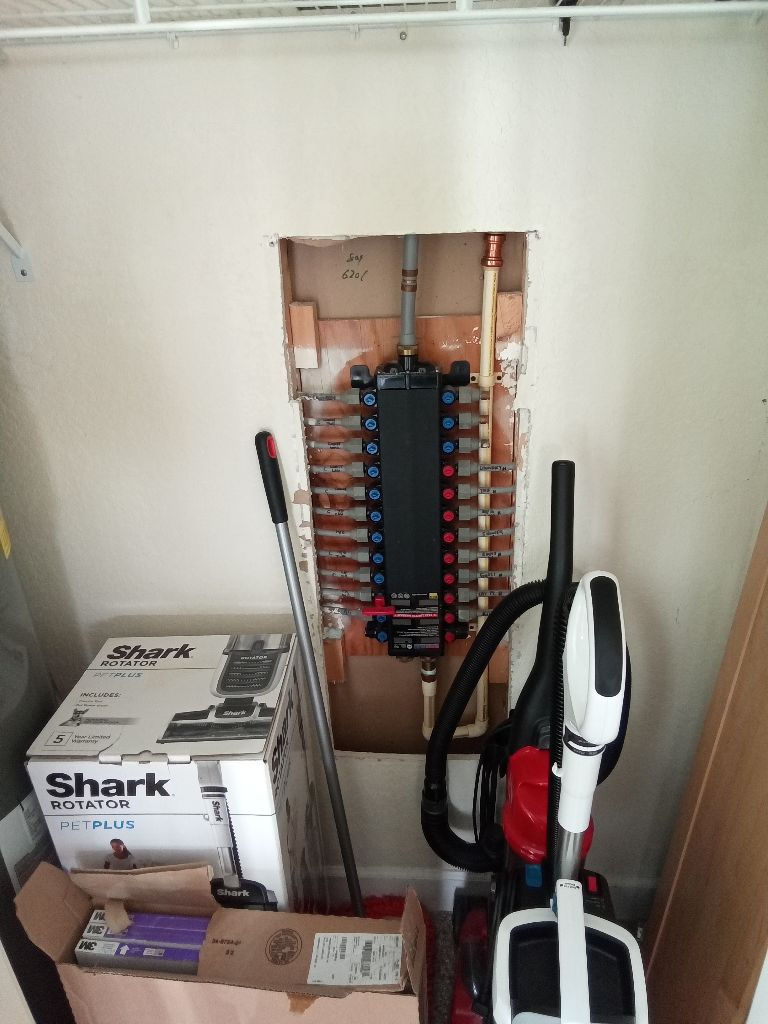How Potable Water Systems Work in Your Home
- prestigeplumbingom
- Jun 26
- 4 min read
Updated: Jul 2
Water is essential to life. It's critical not just for drinking, but also for cooking, cleaning, and hygiene. At home, we rely on potable water systems to deliver clean and safe water. But how do these systems actually work? Let’s explore the journey of water from its source to your tap and what you should know about maintaining this vital resource.

The Basics of Potable Water
Potable water refers to water that is safe for human consumption. It must meet specific health standards set by government agencies to ensure that it is free from harmful contaminants. Potable water systems are designed to treat and deliver this clean water to homes, businesses, and municipalities.
The journey begins with water sources which can include rivers, lakes, or groundwater reservoirs. However, not all water is drinking water; it often requires treatment before it can be deemed safe.
Modern potable water systems begin with water collection, move to treatment plants, and finally distribute treated water throughout communities.

How Water Gets to Your Home
Water Source: The process begins at a water source, such as a river or aquifer. Water is collected and then transported to treatment facilities.
Water Treatment: At the treatment facility, the water undergoes several processes to remove contaminants. This often includes filtration, sedimentation, and disinfection, usually through chlorine or ultraviolet light. The goal here is to eliminate bacteria, viruses, and harmful chemicals.
Storage and Distribution: After treatment, the potable water is stored in reservoirs or tanks. From there, it is pumped through a network of pipes known as water mains.
Home Connection: Finally, the water reaches your home through service lines. It enters your home's plumbing system, where it can be accessed from faucets and appliances.

What is the Difference Between Potable Water and Portable Water?
It's important to understand the terminology around water quality. While "potable water" means it's safe for drinking, "portable water" typically refers to water that can be easily transported. Portable water may or may not be potable. For instance, bottled water is often marketed as portable, but not all bottled water is safe to drink.
The distinction is crucial. Ensuring that your portable water is indeed potable guarantees safety for you and your family. This is particularly relevant during travel or when accessing water from unfamiliar sources.
Common Issues with Potable Water Systems
Like any household system, potable water systems can encounter problems. Here are a few of the most common issues:
Contaminants: Aging pipes can leach lead or other contaminants into the water supply. Regular testing can help detect potential issues before they become health risks.
Water Pressure Problems: Low water pressure can impact how effectively water moves through your home. This can be caused by obstructions in plumbing or problems with municipal supply.
Hard Water: High mineral content can lead to hard water, affecting everything from laundry to how well soap lathers. Solutions like water softeners or specific filters can address these issues.
Blockages: Debris buildup can block pipes or faucets. Regular maintenance, including cleaning faucets and checking pipes, can help minimize these risks.
By understanding these typical systems and issues, homeowners can take steps to keep their water supply fresh and clean.
Maintenance Tips for Your Home's Potable Water System
Maintaining your potable water system is crucial for health and safety. Here are some tips to help you ensure that your home is supplied with clean water:
Conduct Regular Testing: Periodic water testing is essential to identify contaminants. Many local health departments offer testing services, or you can purchase affordable home testing kits.
Check for Leaks: Regularly inspect your pipes and fixtures for leaks. Unaddressed leaks not only waste water but can also lead to substantial damage over time.
Clean Your Fixtures: Mineral buildup can create blockages in faucets and showerheads. Regular cleaning can help improve water flow and quality.
Maintain Appliances: If you have a water filtration system or other appliances connected to your water supply, be sure to follow maintenance instructions to keep them functioning properly.
Know Your System: Familiarize yourself with your home’s plumbing layout. Understanding where your shut-off valves are located can be vital in case of an emergency.
By following these best practices, you can keep your potable water systems functioning effectively, ensuring that your family has access to clean and safe water.
Availing Professional Help
If your potable water system faces ongoing issues or if you’re unsure about your testing results, consider hiring a professional plumber. They can provide expert guidance and repairs, ensuring that your home’s water supply remains clean and safe. Look for certified professionals who specialize in potable water systems to get the best service and solutions tailored to your needs.
In conclusion, understanding how potable water systems work is vital for every homeowner. By educating yourself on the process, potential issues, and maintenance, you can ensure a reliable and safe water supply for your family. Remember, clean water is not just a luxury but a necessity.
Taking the time to care for your potable water system is an investment in health and quality of life.







Comments